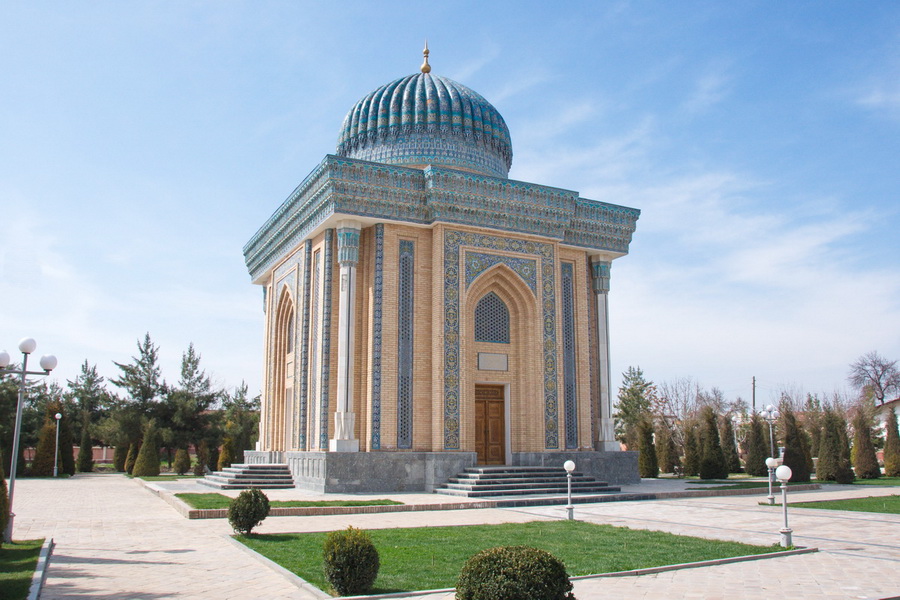Mausoleum of Abu Mansur al-Maturidi, Samarkand

The Mausoleum of Abu Mansur al-Maturidi in Samarkand is a revered shrine that houses the tomb of the esteemed Islamic theologian, philosopher, and founder of the Sunni school of Maturidism. This tomb attracts pilgrims from around the world, drawn to honor the legacy of a prominent Muslim preacher who lived over a thousand years ago and remains highly revered today.
What Abu Mansur al-Maturidi is Known For
Abu Mansur al-Maturidi is remembered for his rational approach to Islam, advocating the use of reason in understanding religious teachings and reconciling faith with logic. He argued that reason has an essential role in understanding God and the world, and emphasized that faith and critical thinking should coexist. Al-Maturidi's theological writings laid the foundation for a rational approach to Islamic doctrine, promoting an interpretation of the Qur'an rooted in reason rather than an unquestioning acceptance of religious dogma. His views had a significant impact on Muslim thought, especially in Central Asia, the Ottoman Empire, and other parts of the Islamic world.
After his death in 944 AD, al-Maturidi was buried in the Chokardiz cemetery in Samarkand. The original mausoleum built over his tomb was destroyed in 1940, and the current structure is a modern building erected in 2000 in honor of this influential Sunni scholar.
Architecture
The Mausoleum of Abu Mansur al-Maturidi exemplifies the medieval Islamic architectural style of Central Asia. Its cubic structure is topped by a large dome, symbolizing the celestial vault and underscoring the spiritual significance of the building. The façade is made of terracotta bricks, decorated with turquoise, blue and white tiles, which are traditional in the region.
The mausoleum's entrance portal, highlighted by an elegant lancet arch, brings symmetry and harmony to the overall design. Above the portal, blue majolica floral ornaments add a touch of decorative beauty, while the arch itself is supported by two intricately carved columns decorated with detailed patterns.
Inside, the design of the mausoleum is characterized by simplicity and restraint. The tomb is located in a spacious, light-filled hall with high walls and a minimalist aesthetic designed to help pilgrims focus on prayer and inner reflection without the distraction of ornate decoration. This serene atmosphere reflects the humility and intellectual depth of al-Maturidi's teachings, which balanced a deep understanding of both faith and reason. The quiet interior encourages a calm and centered spiritual experience that honors the wisdom of this great theologian.

